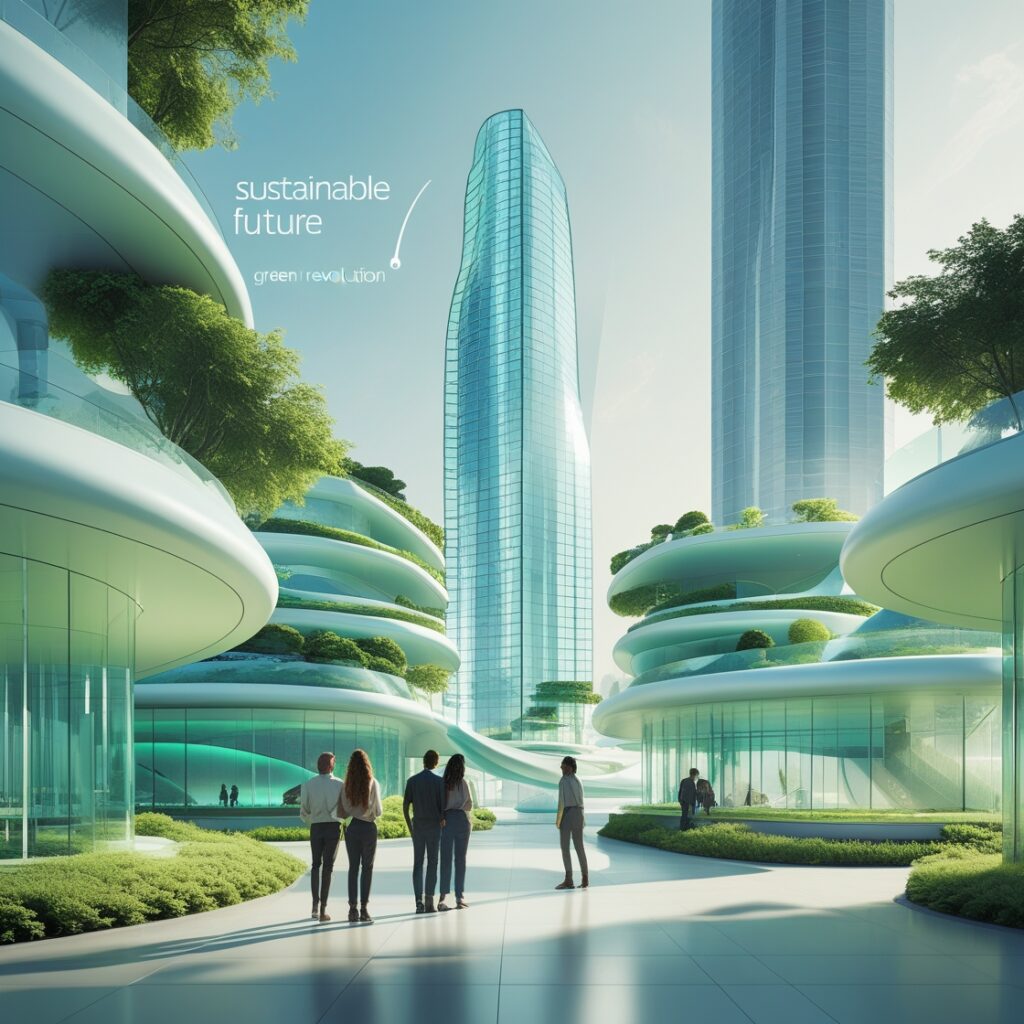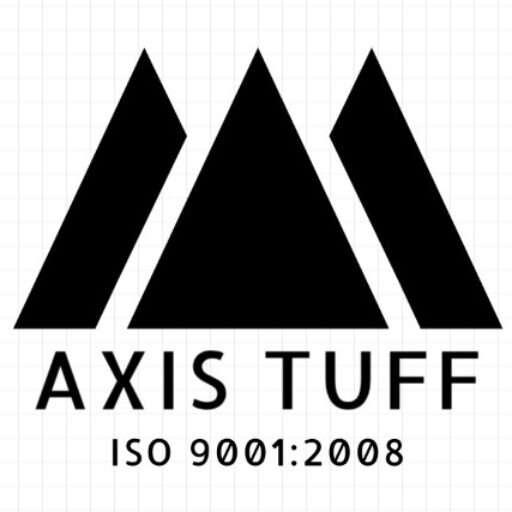
As toughened glass in sustainable design becomes a central concern in modern architecture, materials that contribute to energy efficiency, longevity, and environmental responsibility are gaining prominence. Among these toughened glass (also known as tempered glass) in sustainable design stands out for its strength, safety features, and environmental benefits. It plays a vital role in supporting the goals of sustainable design in both commercial and residential architecture. This article explores how toughened glass contributes to sustainable building practices, enhancing performance, aesthetics, and eco-friendliness.
What is Toughened Glass?
Toughened glass is a type of safety glass processed by controlled thermal or chemical treatments to increase its strength compared to normal glass. The tempering process causes the outer surfaces to compress and the inner surfaces to tension, making it four to five times stronger than standard annealed glass. When broken, it shatters into small, blunt pieces rather than sharp shards, making it much safer.
1. Energy Efficiency and Insulation of toughened glass in sustainable design
One of the most significant ways toughened glass contributes to sustainable design is through improved thermal insulation. Used in double- or triple-glazed window systems, toughened glass reduces heat transfer, helping to maintain comfortable indoor temperatures.
- In residential buildings, this means reduced dependency on heating and cooling systems, resulting in lower energy bills and a smaller carbon footprint.
- In commercial spaces, where large glass facades are common, toughened glass ensures that aesthetics do not come at the cost of energy efficiency. Low-emissivity (Low-E) coatings on toughened glass further enhance insulation by reflecting heat while allowing natural light to pass through.
This balance of light and thermal control supports passive solar design, a key principle of sustainable architecture.
2. Daylighting and Reduced Artificial Lighting
Toughened glass enables the use of large windows, skylights, and glass walls, allowing more natural light into buildings. Increased daylighting not only reduces the need for artificial lighting during the day but also enhances occupant wellbeing by creating a healthier indoor environment.
- Exposure to natural light has been linked to improved mood, productivity, and sleep quality, particularly important in workplaces and homes.
- With proper design and placement, toughened glass reduces glare while maximizing the use of sunlight, aligning with LEED (Leadership in Energy and Environmental Design) criteria for sustainable building.
3. Durability and Longevity of toughened glass in sustainable design
Sustainable design emphasizes the use of materials that are durable and long-lasting, minimizing the need for frequent replacement or maintenance. Toughened glass excels in this aspect:
- It is resistant to thermal stress, wind load, impact, and sudden temperature changes.
- It maintains structural integrity over time, even in harsh environmental conditions.
This extended lifespan means fewer resources are consumed over the building’s life cycle, contributing to lower embodied energy and reducing waste.
4. Recyclability and Eco-Friendly Manufacturing of toughened glass in sustainable design
Toughened glass is 100% recyclable and can be reprocessed into new glass products. Unlike other building materials that may degrade or release harmful chemicals when disposed of, glass maintains its integrity and can be reused multiple times.
Modern glass manufacturing is increasingly adopting sustainable practices, such as:
- Using recycled glass in production.
- Reducing emissions through energy-efficient furnaces.
- Minimizing water usage and waste.
These practices contribute to a lower overall environmental impact, aligning toughened glass with the goals of circular economy and green construction.
5. Safety and Code Compliance of toughened glass in sustainable design
Sustainability in architecture also includes safety and resilience. Toughened glass is widely used for its safety benefits in high-risk areas such as:
- Glass doors
- Stair railings
- Balconies
- Shower enclosures
In both commercial and residential buildings, using toughened glass in these applications ensures compliance with building codes while reducing injuries and liability. A safer building contributes to the social sustainability pillar by protecting occupants and enhancing public confidence in the structure.
6. Aesthetic Versatility and Design Flexibility
Sustainable architecture doesn’t have to compromise on design. Toughened glass offers aesthetic flexibility that allows architects to experiment with creative, modern forms while staying true to green building principles.
- It can be frosted, tinted, laminated, printed, or combined with other materials to achieve both functional and decorative objectives.
- In commercial buildings, glass façades and curtain walls using toughened glass can project a clean, contemporary image while delivering high performance.
By merging beauty with function, toughened glass supports biophilic design and human-centered spaces, which are increasingly seen as essential to sustainable living and working environments.
7. Solar Control and Glare Reduction
Toughened glass can be treated or layered with solar control coatings that filter UV and infrared rays. This prevents indoor spaces from overheating and protects furnishings from fading. In hot climates or buildings with large sun exposure, such features:
- Enhance indoor comfort
- Reduce air-conditioning loads
- Support net-zero energy goals
Smart glass technologies, such as electrochromic or photochromic toughened glass, are now being integrated into sustainable buildings, allowing dynamic control of solar gain and light transmission.
8. Contribution to Green Building Certifications
Using toughened glass in design can help projects earn green building certifications like LEED, BREEAM, or WELL. Points can be earned in categories such as:
- Energy & Atmosphere
- Indoor Environmental Quality
- Materials & Resources
- Innovation in Design
By contributing to these certification metrics, toughened glass becomes an integral part of the building’s sustainability narrative and market value.
9. Acoustic Insulation
Sustainable design also considers acoustic comfort. In urban environments, noise pollution is a growing concern. Laminated versions of toughened glass can be used in windows and partitions to provide sound insulation, creating quieter, more comfortable interiors.
- In homes, this improves quality of life.
- In offices and public buildings, it supports productivity and mental well-being.
10. Support for Net-Zero and Passive House Goals
For buildings pursuing net-zero energy or Passive House standards, every material choice matters. Toughened glass, when used as part of high-performance glazing systems, contributes to airtightness, insulation, and natural lighting—all key Passive House criteria.
By integrating toughened glass into the building envelope design, architects can reduce mechanical loads and enhance overall building efficiency.
Conclusion
Toughened glass is far more than just a stylish building material. Its strength, versatility, and environmental benefits make it a powerful contributor to sustainable design in both residential and commercial architecture. From improving energy efficiency and daylighting to supporting recyclability and safety, toughened glass aligns perfectly with the goals of modern, eco-conscious construction.
As the demand for green buildings continues to rise, incorporating high-performance materials like toughened glass will remain essential to creating structures that are not only beautiful and functional but also responsible stewards of the environment
